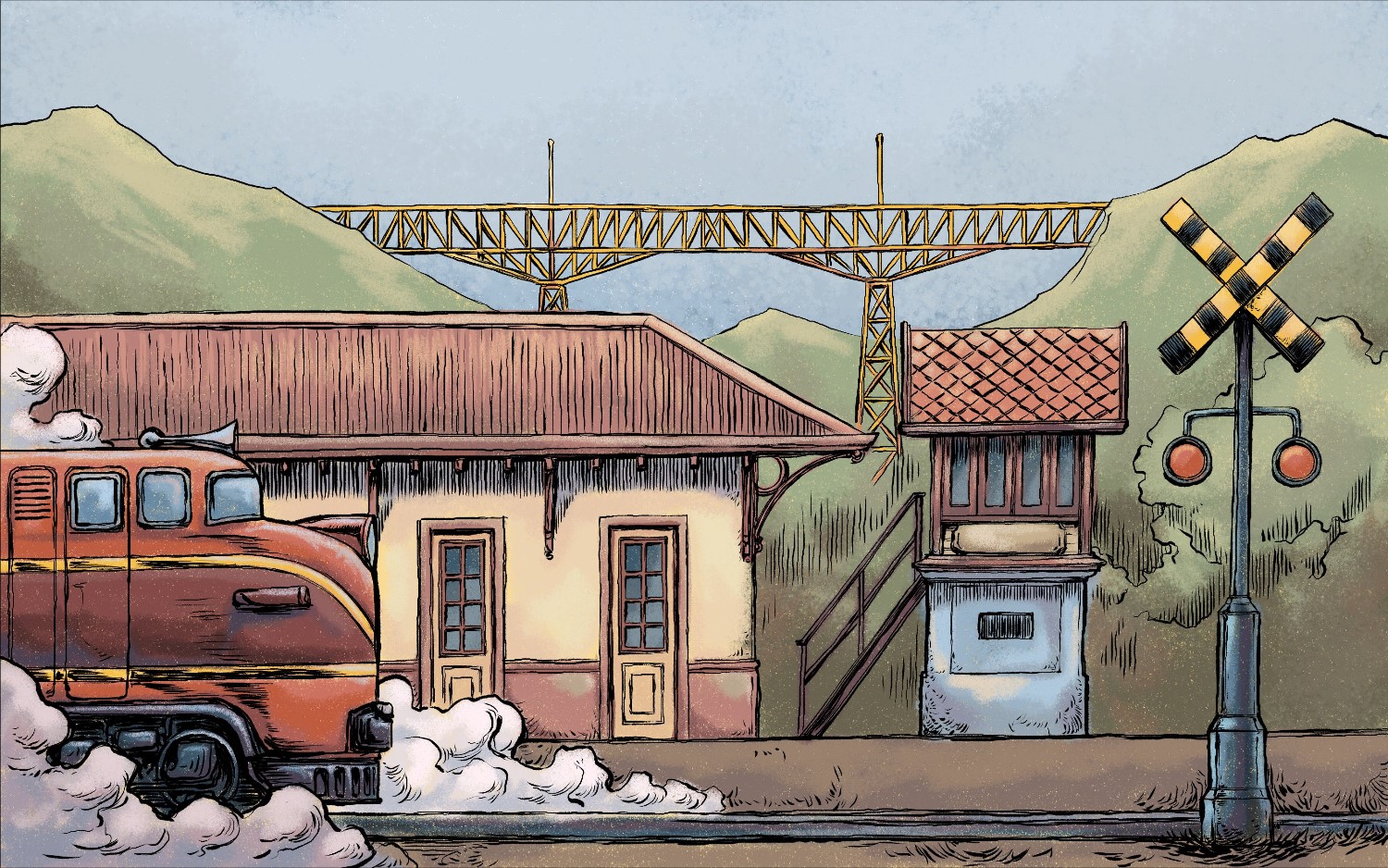INDUSTRIAL RAILWAY HERITAGE VALIU: DIAGNOSTIC AND REHABILITATION OF CERAMIC BRICK’S BUILDING IN URBAN MARINE ENVIRINMENT.
THE CASE OF THE ANDES WALL IN MAESTRANZA BARÓN OF VALPARAÍSO
DOI:
https://doi.org/10.7764/plan.055.124Keywords:
Heritage, Railway, Ceramic brickAbstract
The city of Valparaiso, which was declared World Heritage Site by Unesco in 2003, has a significant percentage of industrial heritage made on ceramic brickwork. The environmental conditions such as the high rate of salts or polluting agents have caused adverse effects to the material. The Andes Wall, located around the Tornamesa Barón, is part of the wall that limited the old train complex that now has been gravely affected in both its structure and architecture due to the environmental conditions it is in.
From the factors and indicators of degradation and heritage values, a methodology based on the historical study and the use of visual, physical-chemical and physical-mechanical analysis techniques has been determined that has allowed to obtain an accurate diagnosis for the defined conservation treatments.
Downloads
References
American Society for Testing and Materials (1996). E 632-82. Standard Practice for Developing accelerated Tests to Aid Prediction of the Service Life of Building Components and Materials. American Society for testing and materials.
Belo, M. Maturana, J. (2004). Condiciones oceanográficas del frente de Valparaíso durante la fase fría del ciclo ENOS 1997-2000 En S. Saravia, J. Carrasco, J. Rutllant, E. Yañez (editores), El Niño-la Niña 1997-2000 sus efectos en Chile, pp. 29-42. Valparaíso, Chile: Comité Oceanográfico Nacional.
Broto Comerma, C. (2005). Enciclopedia Broto de Patologías de la Construcción. Barcelona: Structure.
Burgos, G. (2006). Ferrocarril de Valparaíso a Santiago y Ramal de los Andes. Santiago de Chile: Ricaaventura.
Carrascosa, B. (2009). La conservación y restauración de objetos cerámicos arqueológicos. Madrid: Tecnos.
Couyoumdjian, J. (2000). El alto comercio de Valparaíso y las grandes casas extranjeras, 1880, 1930. Una aproximación. Historia. Instituto de Historia Pontificia Universidad Católica de Chile., 33, pp. 63-99.
Georgescu, A. (2011). La actualización patrimonial a través de la arquitectura contemporánea. Asturias: Trea.
Grossi, C. (1994). Las sales solubles en el deterioro de rocas monumentales. Materiales de construcción, vol.44, (235): pp. 15-30.
MINVU (2018). DDU 400. Declaración, reglamento y reconocimiento, según corresponda, de las áreas de protección de los recursos de valor patrimonial cultural en PCR, referidos a Zonas y/o Inmuebles de Conservación histórica y Monumentos Nacionales. Santiago, Chile.
Monck, F. (1996). Patología de la piedra y de los materiales de la construcción. Buenos Aires: Ceprara.
Muñoz, S. (2010). Teoría contemporánea de la restauración. Madrid: Síntesis.
Pancorbo, F. (2013). Corrosión, degradación y envejecimiento de los materiales empleados en la edificación. México: Alfaomega.
Pérez, F. (2016). Arquitectura en Chile del siglo XX. Santiago de Chile: Arq ediciones.
Riegl, A. (1987). El culto moderno a los monumentos. Madrid: Antonio Machado.
Sepúlveda, O. (2003). Sectorización climático-habitacional de las regiones de Valparaíso y Metropolitana. Invi, 18 (46), pp. 35-39.
Zanni, E. (2015). Patología de fachadas. Buenos Aires: Brujas.
Downloads
Published
How to Cite
Issue
Section
License
Copyright (c) 2024 Revista Planeo

This work is licensed under a Creative Commons Attribution-NonCommercial-ShareAlike 4.0 International License.


